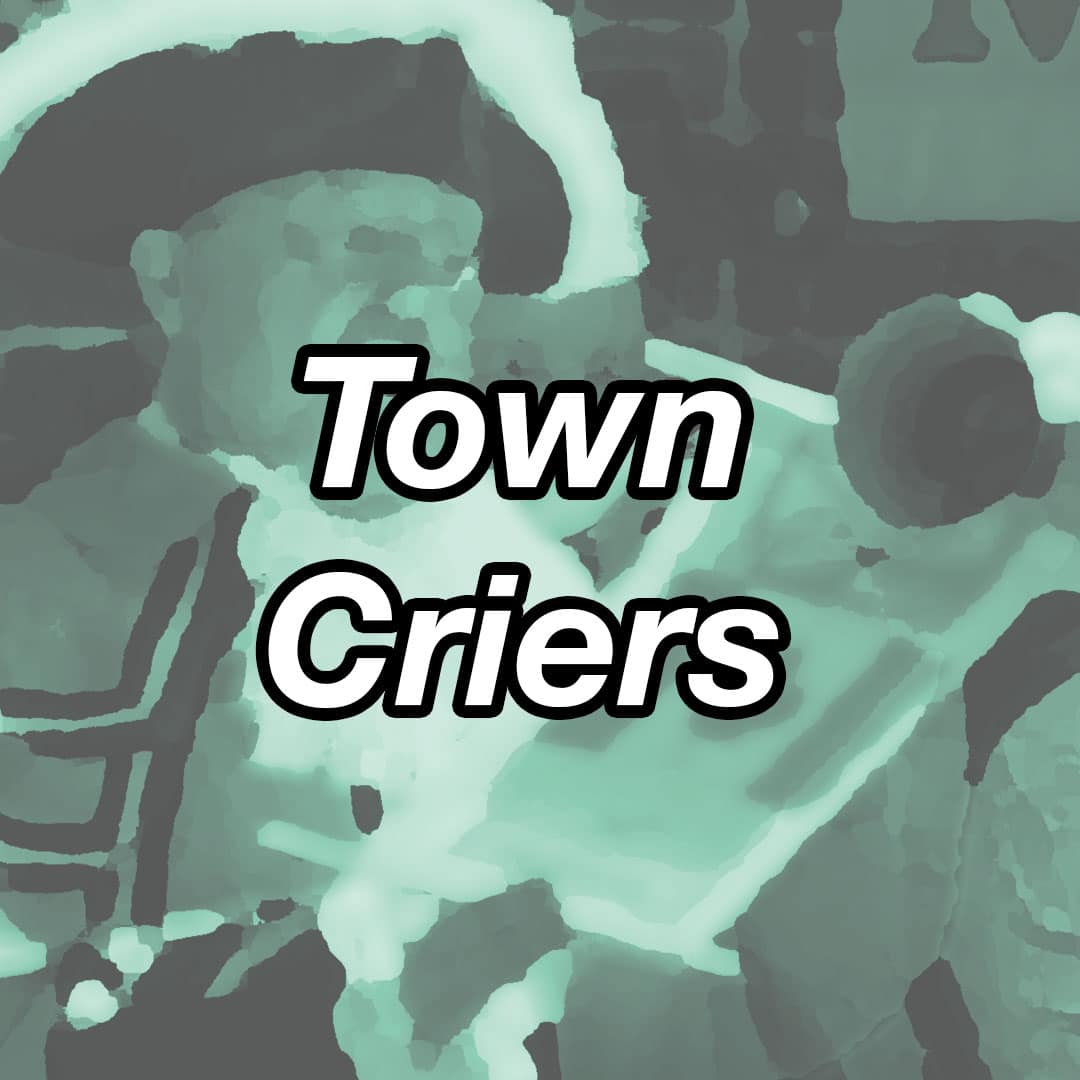Making a photograph these days takes nothing more than clicking a smartphone button.
No need to worry about f/stops, shutter speeds or lens selection. Not to mention developing film and using an enlarger to make a print.
Of course the high technology that allows every person to make a photo does not guarantee the person pushing the button is truly a photographer – a person with a special eye that captures a story-telling instant using the perfect lighting and lens.
For those who have grown up with the computer-chip driven instant photography, making photos the slow, old way with film, chemicals, photo paper and more chemicals may seem like a huge waste of time.
My photo career started in the high school darkroom, carefully processing film and making prints. Years later when I could use digital technology as a newspaper photographer, I was happy to leave the darkroom behind. For covering the news, digital’s speed and quality can’t be beat.
Now, people are rediscovering film, chemical and paper-based photography, just as turntables and vinyl records have found new fans raised on CDs and MP3s.
Photographer Michael Crouser doesn’t have to rediscover the pre-digital world. The St. John’s University alum never left it behind.
His work is on display at the Alice R. Rogers Gallery and Target Gallery as part of the Visual Arts Series at the College of St. Benedict and St. John’s University.
Crouser’s show, “Mountain Ranch: Traditional Images of Traditional Lives,” runs through Oct. 20 at the gallery on the St. John’s campus. The exhibit is free and open to the public. Hours are from noon to 6 p.m. Tuesday through Saturday and noon to 9 p.m. on Thursday.
It features photographs from Crouser’s third book, “Mountain Ranch,” which explores the disappearing world of cattle ranching in the mountains of Colorado. The exhibit also includes work from his first two books: “Los Toros,” a book on bullfighting around the world, and “Dog Run,” a series on the intense play of dogs in urban dog parks.
Crouser, a 1985 St. John’s grad, found his photo calling at Hopkins Junior High School and then set up a darkroom in his family’s basement.
He hasn’t been without one since. Crouser never fell for the digital genie, preferring to use film cameras.
“It’s not a decision based on advantage, it’s a decision based on preference,” Crouser told Mike Killeen for a news story on the university website. “I really prefer the craft of what I call tactile photography. That means you touch every aspect of it, the film you put in and take out of the camera, the developing of the film, the drying of your film in the air and the considering of the images to glass and projecting them down to paper. It’s all very touchable from start to finish, and I prefer that as a craft to the computer.”
I viewed Crouser’s photos recently and nothing matches the richness and tone of large, black and white prints made from film.
Crouser’s images are timeless moments captured with uncommon patience and an eye for detail. It’s easy to stand and examine each image for minutes to appreciate the story behind the photo.
Like his photo tools, “Mountain Ranch” is about tradition and timelessness. The book and exhibit are the products of a 10-year exploration of the disappearing world of cattle ranching in the mountains of Colorado.
According to the exhibit notes, “Crouser has concentrated on the traditional elements of these traditional lives, focusing on how ranching has stayed the same, rather than on how it has changed. Ranchers refer to themselves as an “endangered species” and Crouser’s pictures include the vital elements of their life and work, which will disappear as traditional ranching itself goes away.
Like his rancher subjects, Crouser is a traditional photographer whose art has stayed the same, rather than changed. But unlike the ranchers’ life and work, Crouser’s art will not fade away.



